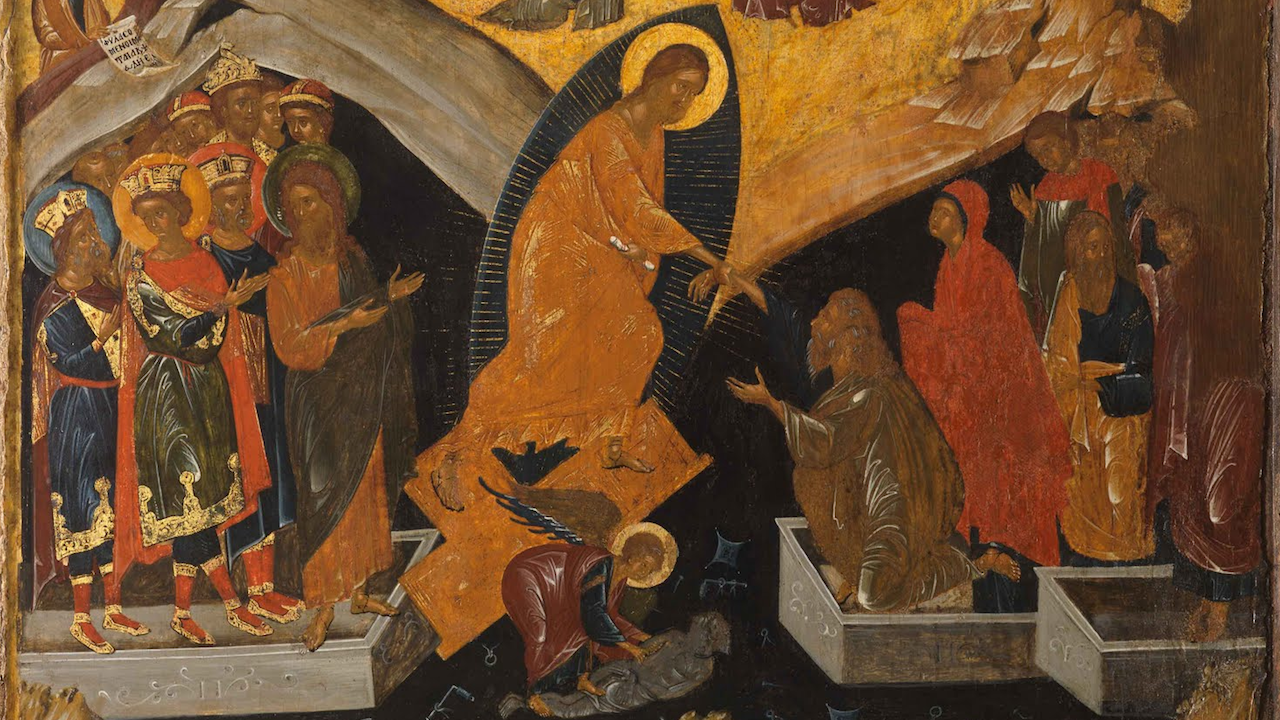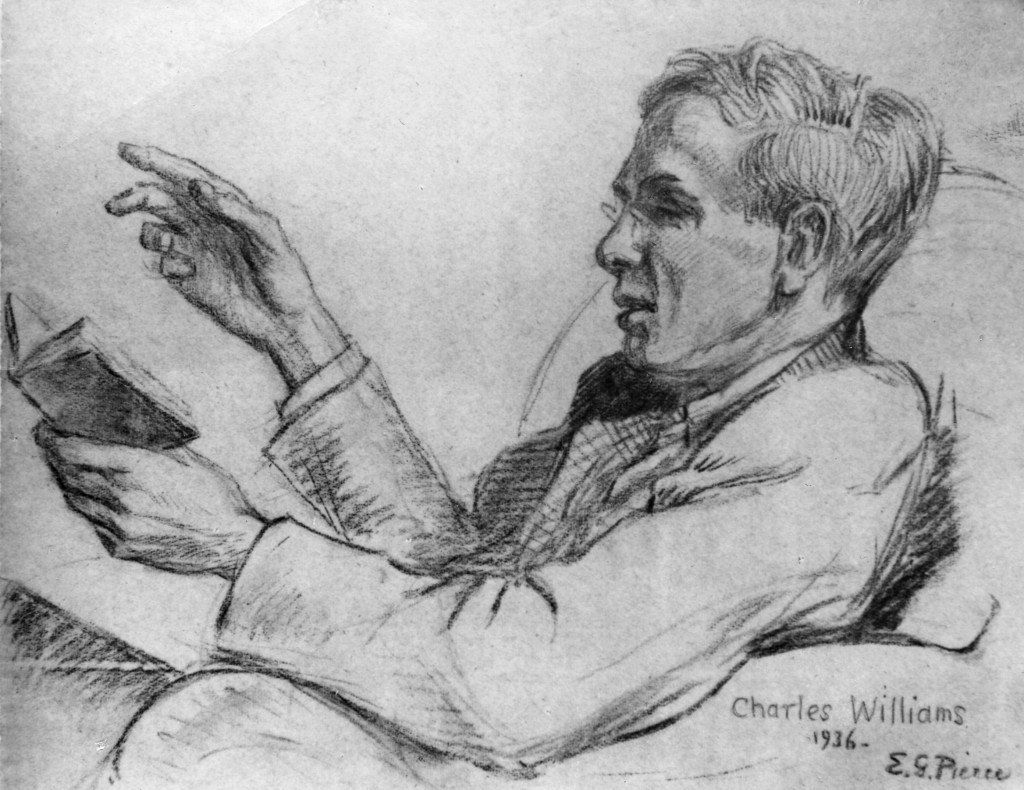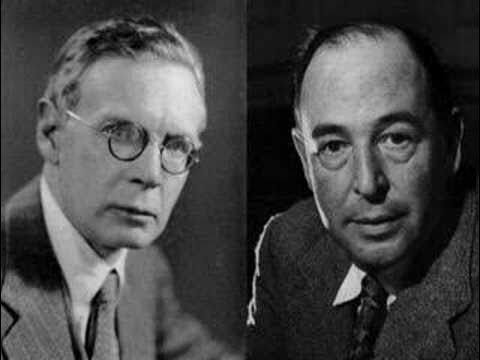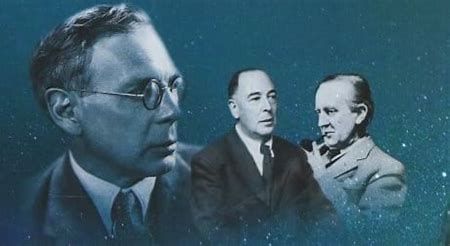ON EASTER
Sunday morning I woke up and thought, “It’s Easter. Christ is risen.” Yawn. I rolled over and slept a little more. Then I dragged myself out of bed and stumbled into the kitchen, and with a thrill it hit me: Lent is over. Lent is over. No more drudgery. No more self-denial. No more penitence. Now I was really excited.
I chastised myself for my impiety. The resurrection of our Lord and Savior Jesus Christ had barely blipped on my radar. The important thing was now I could eat snacks.
But then I realized, this is what Lent is for. That Easter morning, standing in my kitchen, I experienced the joy of the resurrection in a concrete way. There were two things I could do with the fact of my experience—that almost tangible surge of exhilaration at being free of my Lenten discipline. I could in fact simply thrill to the idea of release, and chow down. Or I could receive the gift that Lent had given me: a way to experience the resurrection, even if in a small, anticipatory way, in my body. I had denied myself for forty days so that I could not just know in my head that Christ had risen from the dead, but so that I could actually experience death and new life in Christ.
What had happened was that I had experienced just what the church calendar is designed to do. It reproduces in microcosm the macrocosmic drama that God is unfolding in history. Paul’s declaration in 2 Corinthians 5.17 that “if any one is in Christ, he is a new creation; the old has passed away, behold, the new has come” was being played out within me in my kitchen on Easter morning, its significance no less diminished for its smallness.
Standing stupidly at my refrigerator door, the moment I became aware of my pettiness, I almost simultaneously realized that I was being—already had been—swept up into the drama of God’s redemption of his creation.
Jeff Reimer
is a freelance editor and writer based in Newton, Kansas.









